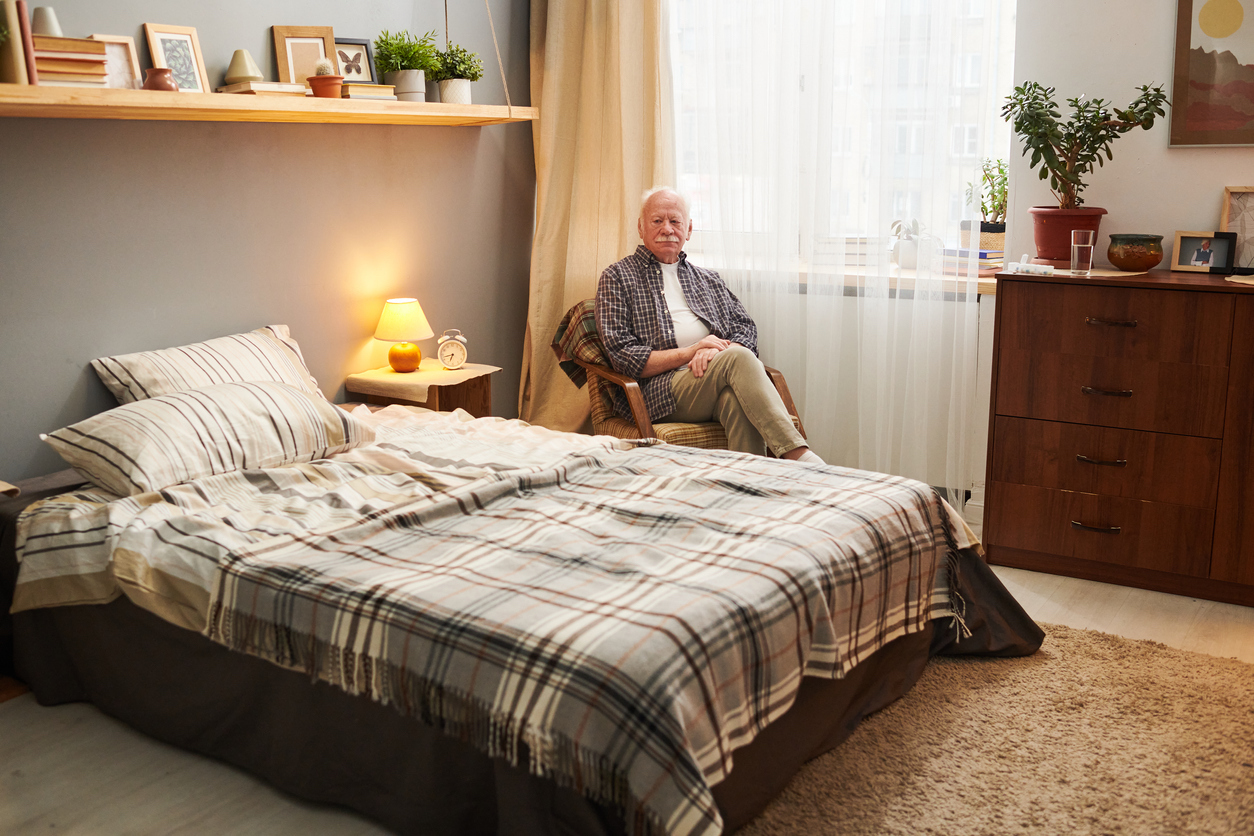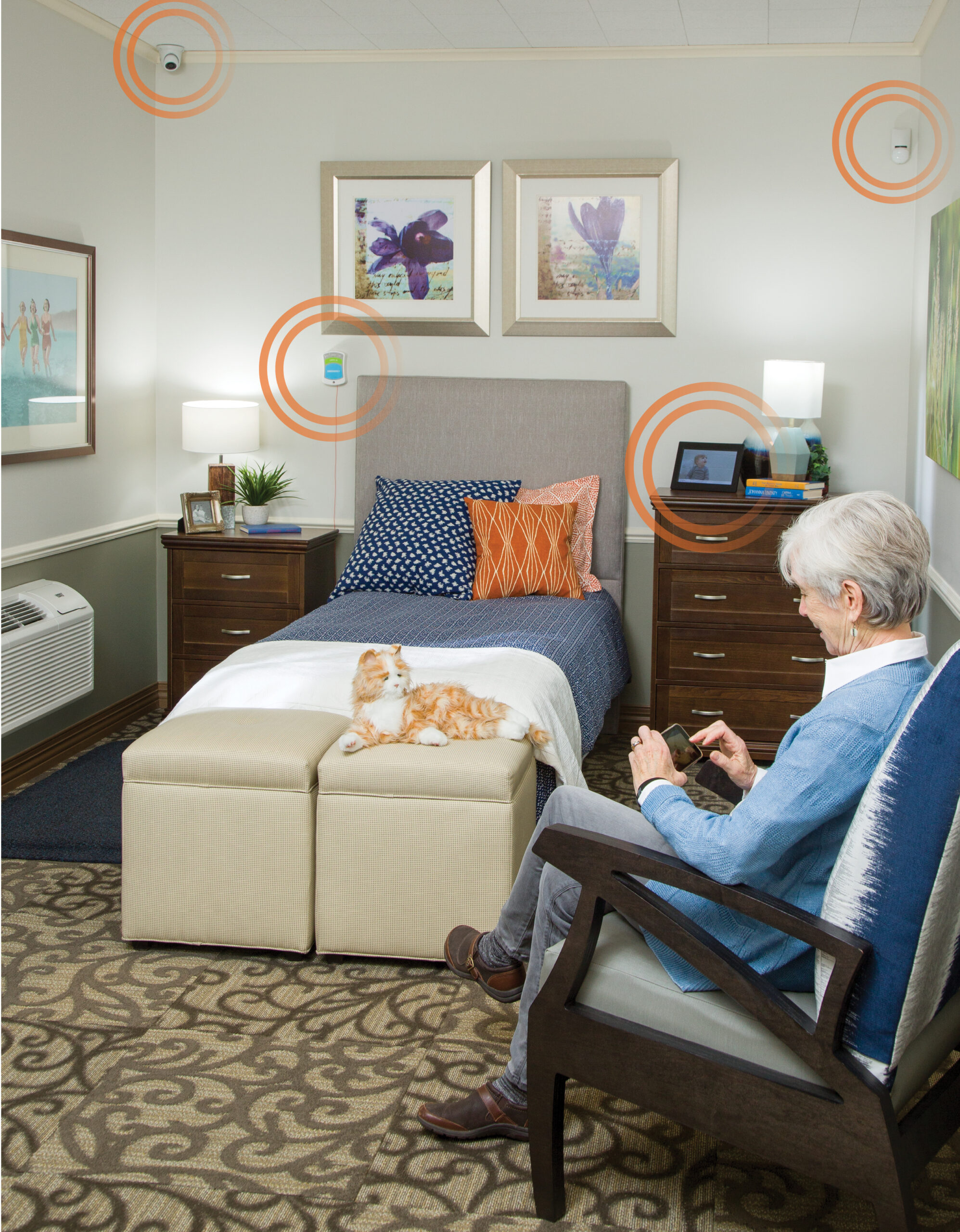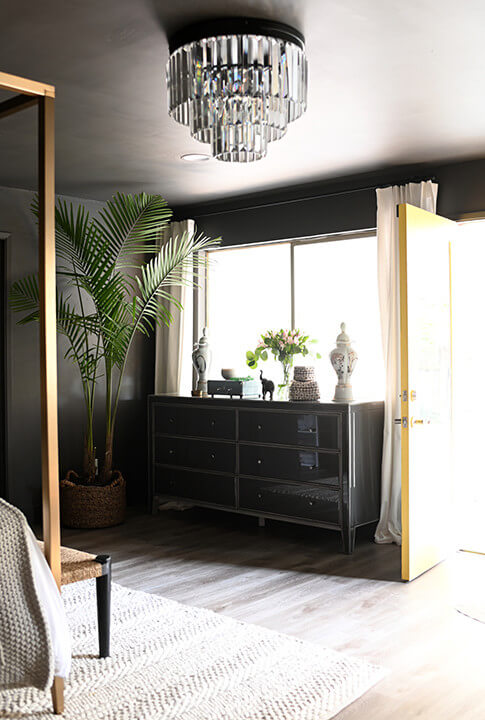Decorating a nursing home room might seem like a small part of the overall experience, but it can significantly impact the comfort and happiness of its residents. Personalizing these spaces can help bring joy, warmth, and a sense of identity back into their lives. In this comprehensive guide, we will explore various aspects of decorating a nursing home room, infusing it with personality, comfort, and functionality. Drawing from personal experiences and expert advice, we aim to create welcoming environments that reflect the individuality of each resident.
Understanding the Need for Personalization in Nursing Home Rooms
When moving to a nursing home, individuals often feel a sense of loss, as they leave behind their familiar surroundings. Personalizing their new living space can help alleviate feelings of isolation and make the transition smoother. Here are some core reasons to personalize a nursing home room:
- Familiarity: Personal items remind residents of their past, providing comfort and a sense of continuity.
- Identity: Customizing the space allows residents to express their personality and preferences.
- Comfort: A well-decorated room can create a cozy environment, enhancing mental well-being.
Planning Your Decor: Key Considerations

Before diving into the decoration process, it’s crucial to consider several factors to ensure the transformation remains practical and enjoyable. Here are factors to consider:
1. Space Limitations

Nursing home rooms typically vary in size. Measure your space to determine what furniture and decor will fit and maintain a sense of openness.
2. Safety and Accessibility

Safety should always come first. Choose decor items that don’t obstruct pathways and are easy to maintain. Avoid sharp edges and opt for materials that are easy to clean.
3. Personal Preferences

Engage the resident in discussions about their preferences. Understanding their tastes in colors, themes, and styles is essential for a successful decor project.
Choosing a Color Palette

The colors you choose play a crucial role in creating a welcoming atmosphere. Here’s how to select the right palette:
Color Psychology

Colors can influence mood and feelings. Here’s a quick breakdown:
| Color | Effect |
|---|---|
| Blue | Calming and serene |
| Yellow | Brighter and cheerful |
| Green | Refreshing and balanced |
| Red | Stimulating and energizing |
Incorporating Patterns and Textures
Patterns and textures can add depth to the decor. Opt for soft, tactile fabrics for comfort while avoiding overly busy patterns that may overwhelm.
Essential Furniture Considerations
Furniture can have a significant impact on both functionality and aesthetics. Here are some essential considerations:
1. Comfortable Bedding
Invest in quality bedding that not only looks good but provides comfort and support. Consider adjustable beds if necessary for mobility issues.
2. Functional Seating
Choose ergonomic chairs or recliners that cater to mobility needs, with ample support for the back. Ensure they have sturdy arms for easier standing.
3. Multi-Functional Furniture
Consider furniture that serves multiple purposes, such as a bed with storage underneath or a nightstand with a pull-out tray for meals or crafts.
Decorative Accessories: Adding Personality
Incorporating decorative accessories can bring a space to life. Here are some ideas that work well:
1. Personal Photographs
Framed photographs of family and friends can help residents feel connected to their loved ones. Create a gallery wall that they can update regularly.
2. Artwork and Craft Projects
Encourage residents to display their artwork or crafts, fostering a sense of achievement and pride.
3. Plants and Flowers
Adding greenery can significantly impact mood and air quality. Opt for low-maintenance plants, such as succulents or peace lilies, that require minimal care.
Lighting: Creating the Right Ambiance
Good lighting can enhance the mood of a space. Consider incorporating:
1. Natural Light
If possible, maximize natural light by using lightweight curtains that let sunlight in. Natural light can improve mood and well-being.
2. Layered Lighting
Incorporate a mix of ambient, task, and accent lighting. Consider bedside lamps for reading, wall sconces for a soft glow, and brighter overhead lights for visibility.
Creating a Cozy Atmosphere
A cozy atmosphere can make a nursing home room feel more like home. Here are some suggestions:
1. Area Rugs
Using colorful or textured rugs can help define areas within the room and add warmth underfoot.
2. Throw Pillows and Blankets
Pillows and blankets can bring color and comfort. Choose soft, inviting fabrics that residents can easily manage.
3. Aroma and Sound
Consider using essential oil diffusers or sound machines to create a soothing environment. Scents like lavender can promote relaxation, while soft sounds can enhance tranquility.
Organizing the Space: Maximizing Functionality
Effective organization can help maintain a tidy and functional living space. Here are some helpful tips:
1. Decluttering
Purge items that are no longer needed or used. Encourage residents to keep only items that bring them joy or serve a purpose.
2. Smart Storage Solutions
Utilize storage bins, baskets, or shelving to keep items organized. Furniture with built-in storage can also help save space.
Incorporating Technology for Convenience
Technology can enhance comfort and convenience. Here are some options:
1. Smart Lighting
Consider smart bulbs that can be controlled by voice or apps for ease of use.
2. Entertainment Options
Ensure access to televisions, tablets, or computers for entertainment and communication with loved ones. Streaming services can provide a range of options.
Considerations for Special Needs
For residents with specific needs, additional considerations may apply:
1. Mobility Issues
Ensure that pathways are clear and that the furniture layout allows easy navigation for wheelchairs or walkers.
2. Sensory Preferences
Incorporate textures and colors that appeal to residents’ sensory needs, particularly for those with dementia or Alzheimer’s disease.
Pros and Cons of Decorating a Nursing Home Room
| Pros | Cons |
|---|---|
| Improves emotional well-being | Can incur costs for new items |
| Provides a sense of identity | Space limitations may restrict choices |
| Creates a homely atmosphere | Maintenance of decor may require effort |
Frequently Asked Questions (FAQs)
What are some budget-friendly decoration ideas for a nursing home room?
Consider DIY projects, repurposing items, or shopping at thrift stores for affordable decor options.
How can I involve the resident in the decoration process?
Encourage them to choose their favorite colors, display personal items, or even help with simple decor tasks to ensure their space feels personalized.
Are there specific regulations to consider when decorating a nursing home room?
Yes, different nursing homes may have rules regarding what can be added or altered in rooms. Always consult the management before making significant changes.
What type of bed is best for nursing home residents?
Adjustable beds are often the best option, as they can facilitate ease of getting in and out of bed, accommodating various mobility needs.
How do I maintain a decorated nursing home room?
Regularly check for items that need cleaning, replacing, or rearranging to ensure the space remains welcoming and functional.
Conclusion: Creating a Sanctuary in a Nursing Home Room
Decorating a nursing home room is not merely about aesthetics; it’s about creating a sanctuary that fosters comfort, connection, and joy. By considering the preferences of the resident, focusing on safety and functionality, and including personal touches, you can transform a sterile environment into a warm, inviting space that feels like home. Remember, the goal is to celebrate individuality and create a loving atmosphere where residents can thrive.